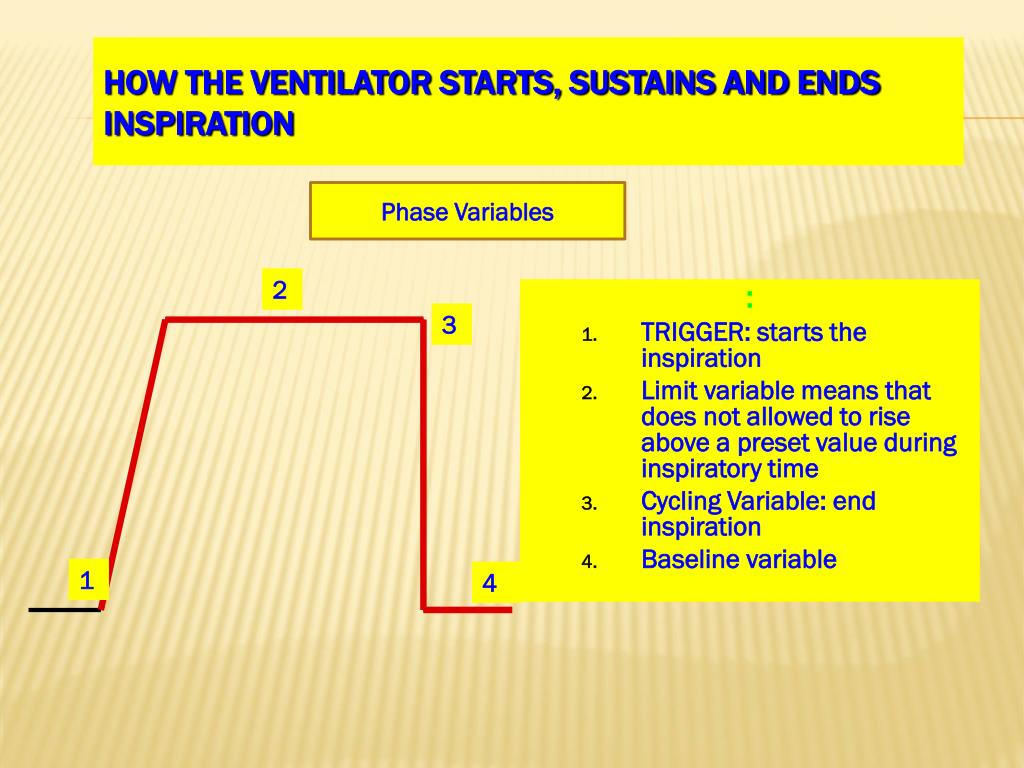

The incidence of barotrauma in patients receiving non-invasive mechanical ventilation is much lower when compared to patients receiving invasive mechanical ventilation. Mechanical ventilation modalities include invasive mechanical ventilation and non-invasive mechanical ventilation, such as bilevel positive airway pressure. Excess alveolar air could then result in complications such as pneumothorax, pneumomediastinum, and subcutaneous emphysema. Barotrauma is most commonly due to alveolar rupture, which leads to an accumulation of air in extra alveolar locations. Pulmonary barotrauma is the presence of extra alveolar air in locations where it is not present under normal circumstance. Since positive pressure ventilation is not physiological, it may lead to complications such as barotrauma. In contrast, patients on mechanical ventilation ventilate with positive pressures. The natural mechanism of breathing in humans depends on negative intrathoracic pressures.

Pulmonary barotrauma is a complication of mechanical ventilation and has correlations with increased morbidity and mortality. This article will focus on pulmonary barotrauma. The most common organs affected by barotrauma are the middle ear (otic barotrauma), sinuses (sinus barotrauma), and the lungs (pulmonary barotrauma). Barotrauma is commonly observed in scuba divers, free-divers, or even in airplane passengers during ascent and descent. Barotrauma is damage to body tissue secondary to pressure difference in enclosed cavities within the body.


 0 kommentar(er)
0 kommentar(er)
